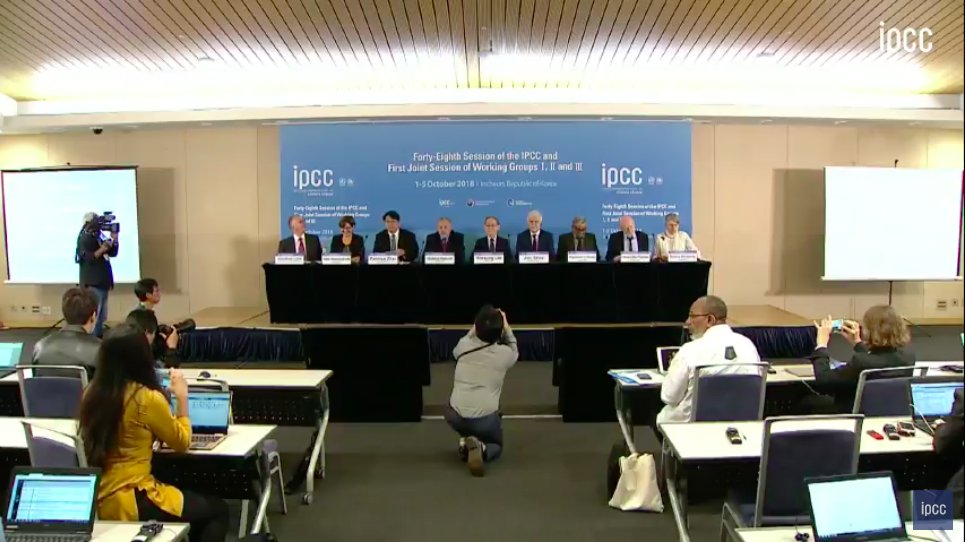Here's a quick look at what the latest weather models show for #HurricaneLane.
tl;dr: It's not looking good, but there's still a lot of moving parts.
Follow @NWSHonolulu for official updates. Other great sources of official info:
prh.noaa.gov/hnl/pages/TCV.…
prh.noaa.gov/hnl/pages/HLS.…
tl;dr: It's not looking good, but there's still a lot of moving parts.
Follow @NWSHonolulu for official updates. Other great sources of official info:
prh.noaa.gov/hnl/pages/TCV.…
prh.noaa.gov/hnl/pages/HLS.…
Big picture: It looks more and more likely that #HurricaneLane will stall very near Maui for ~24 hours or so. That means ~48 hours of catastrophic heavy rain. It's very clear that this is shaping up to be a near-worst case flooding scenario. 

So far, the @nws is doing an excellent job predicting #HurricaneLane. The hurricane has been moving pretty much right down the center of the forecast cone for the past day or two.
But the most difficult part of the forecast is the next 48 hours.
But the most difficult part of the forecast is the next 48 hours.

There's good news and bad news.
First, the good news: The last three runs of the Euro model, historically the most accurate for big-picture hurricane forecasting, has #HurricaneLane staying well offshore.
First, the good news: The last three runs of the Euro model, historically the most accurate for big-picture hurricane forecasting, has #HurricaneLane staying well offshore.

The bad news: Almost every other weather model has #HurricaneLane moving very near or over the islands. Maui seems most at risk.
Here is the last 6 forecasts of the GFS:
Here is the last 6 forecasts of the GFS:

For the past few days, the GFS has been consistently too far eastward, so lets hope that trend continues. But the Euro has also been consistently too far westward -- and it's an outlier right now.
For some clarification, we can look at the high-resolution hurricane-specific models. These are also pretty accurate, historically.
The HMON (L) and HWRF (R) both show #HurricaneLane making a very close brush with Maui and Oahu. This is not a good sign.

The HMON (L) and HWRF (R) both show #HurricaneLane making a very close brush with Maui and Oahu. This is not a good sign.


To be conservative (hope for the best, prepare for the worst), folks on Maui and Oahu should be preparing for a direct hit from #HurricaneLane.
Hurricane force gusts (75mph+), rainfall of 24-36 inches. Virtually every river and stream would flood -- a historic flooding disaster.
Hurricane force gusts (75mph+), rainfall of 24-36 inches. Virtually every river and stream would flood -- a historic flooding disaster.
Right now, I'd give that scenario a 50/50 chance of happening.
GFS has about a 60-80% chance of landfall right now in Maui and Oahu. And remember this is probably a bit of an overestimate. But it's worth planning for.
[End thread]
GFS has about a 60-80% chance of landfall right now in Maui and Oahu. And remember this is probably a bit of an overestimate. But it's worth planning for.
[End thread]

UPDATE:
The just-in midday Euro has shifted eastward more in line with the GFS, which increases further the odds that #HurricaneLane will have a devastating effect on Hawaii.
The just-in midday Euro has shifted eastward more in line with the GFS, which increases further the odds that #HurricaneLane will have a devastating effect on Hawaii.
https://twitter.com/RyanMaue/status/1032714569473581056?s=19
• • •
Missing some Tweet in this thread? You can try to
force a refresh














